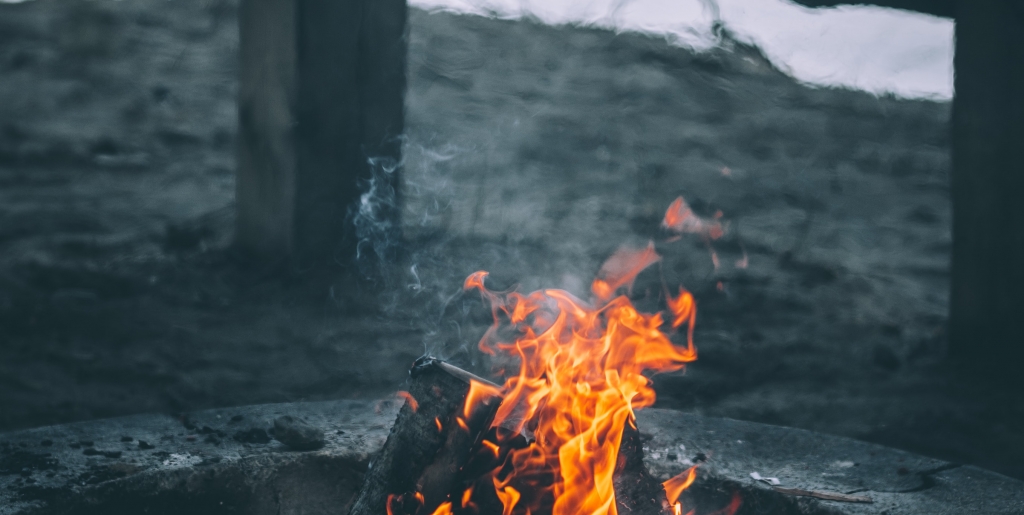Heating and Cooling Systems
Here’s a shocker – the Greeks and Romans kept themselves cool. Granted, it wasn’t like you or I today, but they were an ingenious bunch and figured it out. Fast forward a lot – to the 1830s – and Dr. John Gorrie of Florida was steadfast in his belief that bad air lied at the root of most infirmities. As a result, Gorrie employed buckets of ice and blew air over them into the rooms of patients. We’re not sure if this cured everyone’s ills, but people certainly took note.
Roughly 30 years later a gentleman by the name of William Siemens discovered how to heat coils to great temperatures with electricity. Once this was complete, he installed a fan, blew air through it, and the first electric furnace was born. Over time advances like this continued to pop up. People were jazzed at the idea of being able to heat or cool a place at the push of a button. This excitement led to a massive industry that we all benefit from, especially if we live in climates where extreme heat and cold is the norm.
A heating and cooling system for many of us is taken for granted. They work so well now we literally expect warmth and cooling automatically. Yet, these are complex machines, so let’s review some basics. Every climate-control device has three components. The first is a source of cooled or warmed air, the second, how said air will be distributed, and third, a control to regulate the system. Regarding warm air, common sources are a furnace, and for cool air, an air conditioner. If a house counts on central air conditioning it is likely cool air flows through the same ducts as hot air does and this is regulated by a common thermostat.
With both air conditioning and heating, the principle that heat will always move from a warm object to a cool one is the driving premise. Think of water for a second. Water will always flow from a higher to a lower level. Once that premise is in place (mechanically speaking) then the operation becomes one of engineering. Fuel is burned with both a cooling and heating unit, and while air conditioning will use electricity, heating systems will occupy fuel oil or even gas. When fuel is burned, the heat that is produced is subsequently channeled to the living areas of the home via wires, pipes or ducts. An older system might use a boiler that stores and heats a water supply which is then circulated through the house as hot water in pipes. But these types
of apparatus are disappearing fast.
On the air conditioner side, when it is switched on electrical power will cool gas housed in a coil to a liquid state. All the warm air in the house (remember the premise above) will navigate naturally to the cooling coil and the resulting cooled air will be dispersed through the home.
As a side note, this is a growing industry and technicians are needed. There is nothing more rewarding that fixing someone’s heating and cooling system. It’s as if you’ve helped them give birth to their first child. You’d be spreading joy and happiness for days and years on end!


Comments:
Login to leave a reply